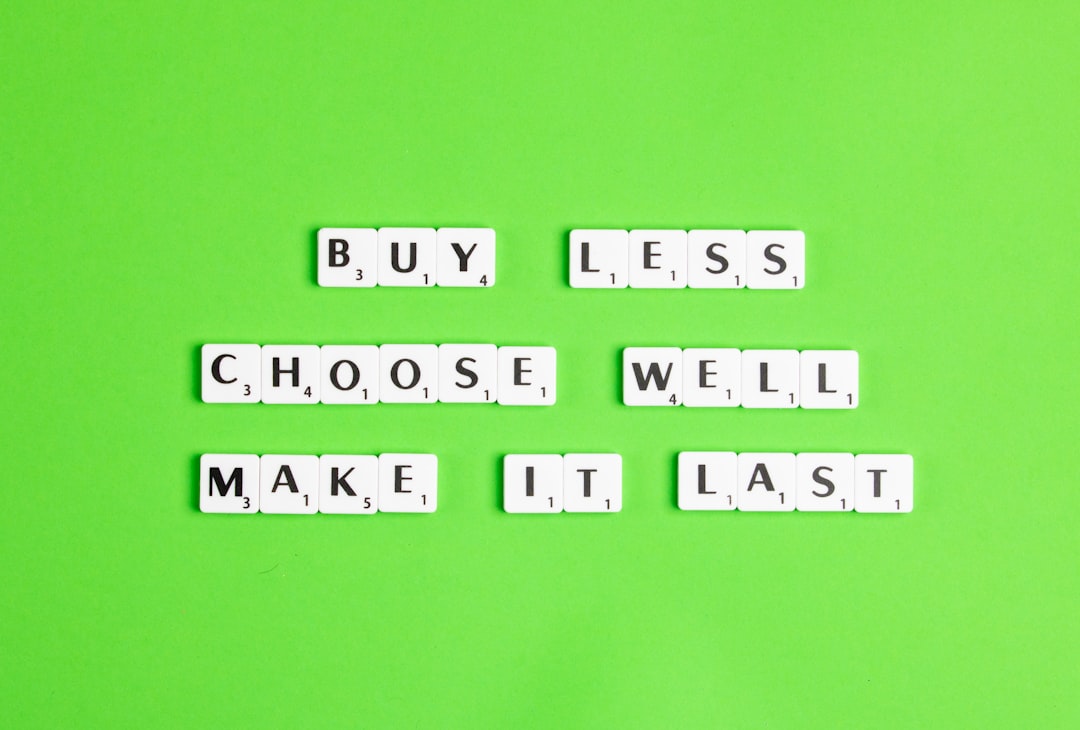
Pricing Experiments: A/B Without Angry Users
Are you curious about trying new prices for your product? Want to test what works best without making your users mad? You’re not alone! Many teams face this exact challenge. The good news is, there’s a way to experiment with pricing that makes both your business and your users happy.
In this article, we’ll talk about how to run pricing experiments—like A/B tests—without ruffling feathers. We’ll keep it fun, light, and super simple.
So, What’s a Pricing Experiment?
Think of it like this: you’re at an ice cream store. The shop wants to know if people will buy more chocolate cones at $2.50 or $3.00. So they try both prices on different groups and see which works better.
That’s a pricing experiment. It helps you learn what people are willing to pay.
But Wait! Why Not Just Raise the Price and See?
Because people notice. And they talk. And sometimes, they get really mad.
This is especially true for digital products and subscriptions. If two users are paying different prices for the same thing, that can cause trust issues.
Here Comes A/B Testing
A/B testing is when you show one version of something—like a price—to one group (Group A), and another version to a second group (Group B).
Then you compare. Which group pays more? Which one sticks around longer? That tells you what’s working.
But with pricing, this can be trickier. Let’s find out why—and how to fix it.
Why Standard A/B Testing Can Be Risky with Pricing
Here are a few reasons pricing tests can make users grumpy:
- Unfair treatment: People might talk and share what they paid. If one paid more and finds out about it, that’s not a happy customer.
- Bad timing: Your test might hit long-time loyal users by accident.
- Screenshots live forever: Someone could tweet a screenshot of a higher price. Then it’s out in the open.
So, how do we test without upsetting our fans?
7 Ways to Run Pricing Experiments Without the Drama
-
Start with new users
Run tests only on people who just discovered your product. They don’t have a price expectation yet. It’s a clean slate. -
Use geolocation targeting
Try changing prices by region. People in Europe might see one price. People in Asia see another. This helps you collect data silently. -
Experiment in paid ads only
Show different price points just in your Facebook or Google ads. The landing page matches the ad. If someone finds out, it feels more like an ad test than a permanent difference. -
Bundle instead of changing
Instead of charging more for the same thing, add more value. Create a bundle with extras. Then test different prices. It’s less likely to upset people. -
Use invite-only pricing
Offer test prices to specific groups via email invites. That way, pricing stays semi-private. -
Label it as limited time
Add phrases like “introductory pricing” or “limited time offer.” That makes price differences feel fair, even if people notice. -
Be transparent when in doubt
Tell your users you’re running tests to improve the product. People appreciate honesty. You’d be surprised how understanding your community can be.

Real-World Example: The $1 Million Dollar Button
Here’s a fun story. An e-commerce site changed its purchase process slightly. Instead of forcing users to “register,” they let them buy as guests.
The result? An extra $1 million in revenue… from just one simple test.
That’s the power of A/B testing. And yes, pricing works the same way.
Metrics That Matter
When you run pricing experiments, you want to keep an eye on key numbers. Don’t just look at revenue! That’s just one slice of the pie.
- Conversion rate: How many people actually pay?
- LTV (lifetime value): How much does each customer bring in over time?
- Churn rate: Do more people leave after paying a higher price?
- User satisfaction: Are your reviews still glowing?
These numbers tell the full story. One version might bring in more sales now, but drive people away later. Watch closely.
Tip: Don’t Make the Test Too Obvious
If you’re going to test a higher price, don’t show it early. Let people fall in love with your product first.
Put the pricing deeper into the experience. That way, their decision is based on the value, not just the number.

Is It OK to Charge Different People Different Prices?
Yes… and no. Airlines do it. Hotels do it. Even big e-commerce sites do it.
But if you’re doing it online with a visible product, be careful. Think about your brand.
If your users are price-sensitive, be especially cautious. Small differences can spark big reactions.
3 Tools to Run Smart Pricing Tests
Here are a few tools that help you experiment safely:
- Google Optimize: Great for small teams. Easy A/B testing setup.
- Optimizely: More advanced product experiments, useful for product and pricing together.
- LaunchDarkly: Lets you roll out features and pricing slowly, based on user segments.
Final Thoughts
Trying new prices doesn’t have to be scary. Or sneaky. Or messy. With the right approach, you can learn what users are willing to pay—without losing their trust.
Start with small groups. Watch your numbers. Be kind. Communicate if needed.
In the end, pricing isn’t just about numbers. It’s about people. Make your tests people-friendly, and you’ll get better results.
Now go test that price… the smart way!